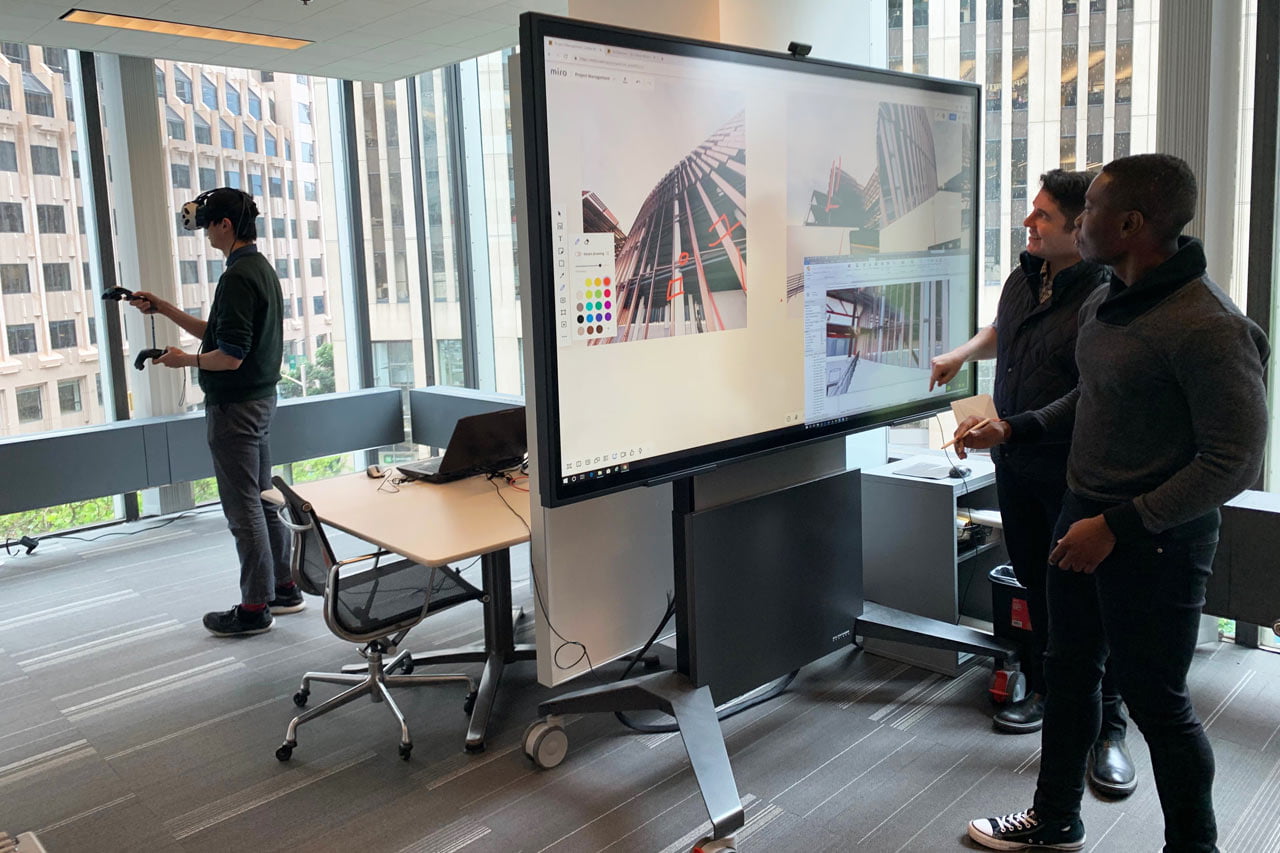
 Are cracks forming in U.S. communications networks as more and more workers and students head home to avoid spreading the novel coronavirus? Broadband Internet speeds have been holding up, but some signs of strain are starting to show in a few areas hardest hit by the pandemic.
Are cracks forming in U.S. communications networks as more and more workers and students head home to avoid spreading the novel coronavirus? Broadband Internet speeds have been holding up, but some signs of strain are starting to show in a few areas hardest hit by the pandemic.
Four of the 10 largest cities—Houston, New York City, San Diego, and San Jose—are starting to see declining download speeds for home Internet users, according to a report released this week by BroadbandNow, a company that tracks broadband speeds.
In New York City, for example, downloads averaged 73 megabits per second in the first 10 weeks of the year, based on speed tests by BroadbandNow users. But this week, the average declined to 62Mbps.
In San Jose, speeds dropped even more dramatically, falling from 63Mbps to 35Mbps. Governors in New York and California have been at the forefront of restricting travel and business activity, sending millions of people home.
Average download speeds also declined from 58Mbps to 48Mbps in San Diego, and from 53Mbps to 35Mbps in Houston.
In most cities, however, BroadbandNow did not find any significant changes in average download speeds. In Phoenix, for example, download speeds averaged 40Mbps over the prior 10 weeks and 42Mbps this week.
Rival tester Ookla, which also relies on crowdsourced data, has not seen slowdowns, though its data is only as of March 9. Download tests by U.S. consumers of their home Internet connections averaged 141 megabits per second for the week ending March 9, up from 137Mbps in early January, the company said.
In Westchester County, N.Y., the site of one of the most serious U.S. coronavirus outbreaks, downloads averaged 158Mbps last week compared with 154Mbps in early January, Ookla said.
“We’re tracking the hotspots where people have been most affected,” says Doug Suttles, Ookla’s CEO. “If there’s not a problem there, it’s probably not an issue.”
Internet service providers maintain that their networks are performing well.
AT&T, which served almost 14 million home Internet customers at the end of 2019, tells Fortune that its network “continues to perform well” and that it is actually seeing declining wireless use around some cell sites in central cities most affected by the outbreak. AT&T has been waiving data caps and created a $10 million fund to assist closed schools teach students online.
Comcast, with 26 million home Internet subscribers, has been opening its Wi-Fi hotspots to nonsubscribers and waiving fees to improve connectivity during the pandemic. Last week the company said its network was performing well and that “overall peaks are still well within our network capability.” Comcast did not respond to a request for comment from Fortune on Friday.
Charter Communications, with 25 million home Internet subscribers, is also offering free Wi-Fi access and has said its network is “well-prepared to continue delivering reliable connectivity.” The company did not respond to a request for comment on Friday.
Verizon, with 6 million home Internet customers, did not immediately respond to requests for comment from Fortune. On Wednesday, the company said its wireless and wired networks “have been able to meet the shifting demands of customers and continue to perform well,” with overall web traffic up 20%. The carrier is waiving late fees and partnering with first responders on the coronavirus outbreak.
[“source=fortune”]





